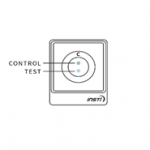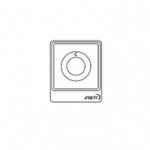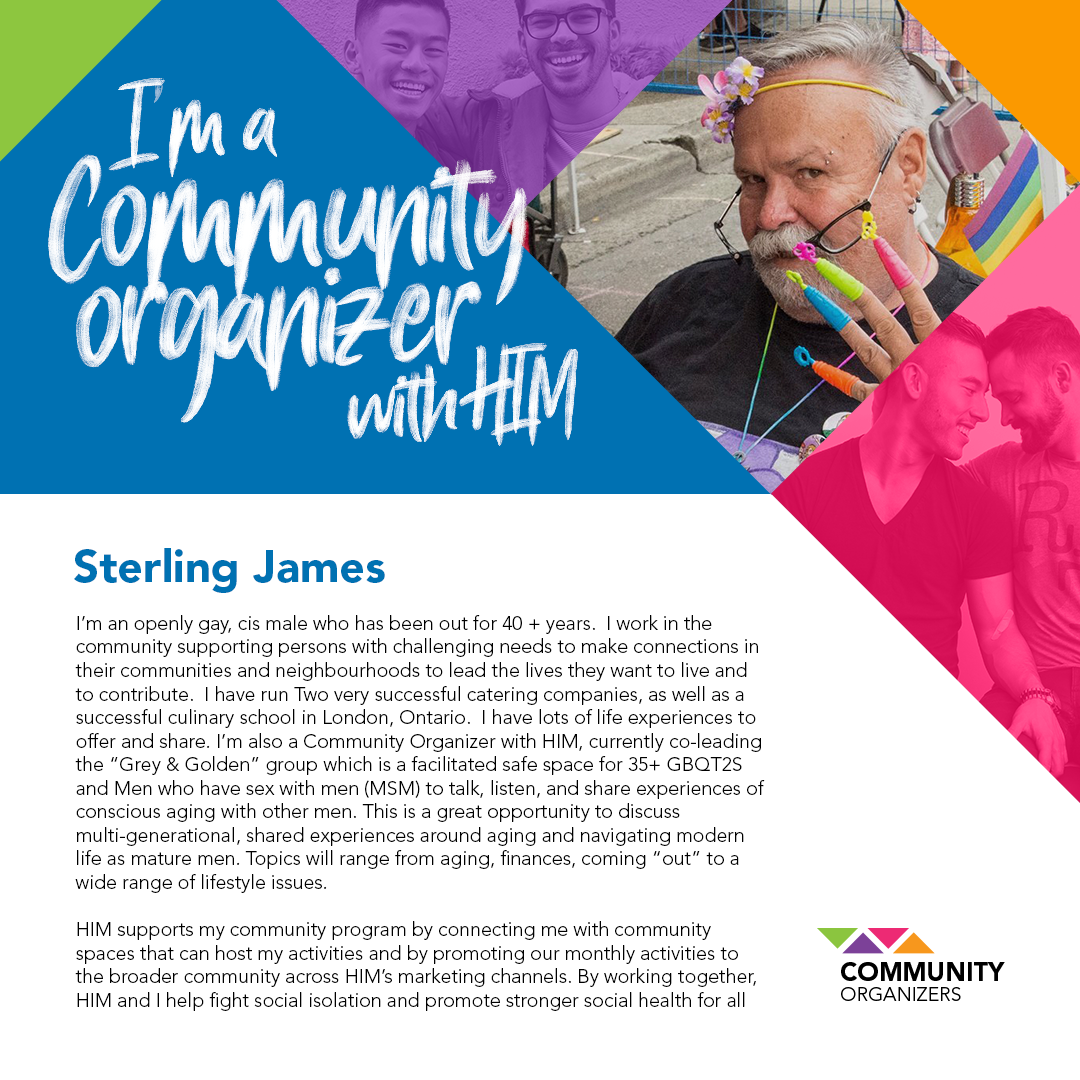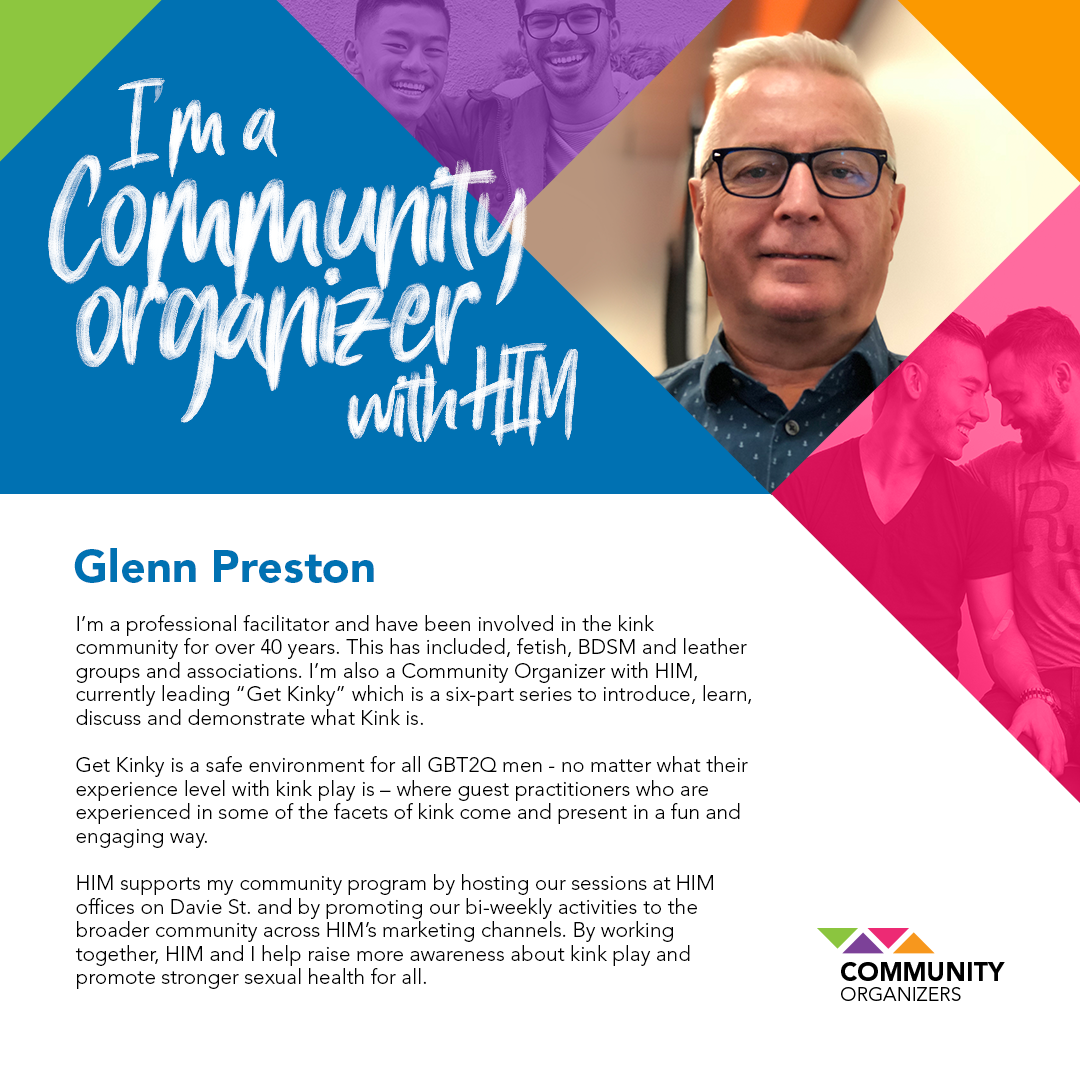About Home Testing
Home testing for STI’s and HIV is a new tool that can help us stay up to date with our HIV status and sexual health.
Home tests can be used in settings where people prefer to do it on their own conditions, without going into a Health Care facility. This technology is helpful for those of us who face geographical barriers to HIV testing, as well as for those of us who don’t have access to HIV testing or STI screening services that meet our needs.
As home testing is new to Canada, right now, only HIV home testing kits are approved and available at cost at the manufacture’s website, or through research projects that are trying to gauge home testing’s potential impact on communities that are affected by HIV, including GBT2Q communities.
HIM is involved in two of these research projects:
- The I’m Ready study is an online technology platform that will allow clients to get information about the HIV self-testing initiative, arrange access to get up to three free HIV Self-Test Kits (HIVST kits), get support to administer the self-test kit (if that is their preference) or use a “do it yourself” (DIY) mobile application “I’m Ready, Test” (app), and get information or support to connect to care and/or prevention services after administering the test. This fully integrated solution will allow a client to access resources and support either through a website or a mobile app. The website will direct the client to download the mobile app to arrange to have a HIV self-test kit delivered to them, or to arrange pick up at one of many community-based organizations. Once received, the app will guide the client through the process of administering the test, recording their results, and completing a survey as part of the research program process. At any time while using the mobile app, the client can choose to get connected to a peer navigator (live person) through a scheduled appointment using a secure telehealth platform.
- The second is the SexNow study: SexNow is Canada’s largest health survey for gay, bi, trans, Two-Spirit, and queer men (GBT2Q) and non-binary people. Sex Now collects and then shares valuable data that can be used by people and organizations across the country to advocate for better programs and resources to improve health outcomes for GBT2Q and non-binary people. This year’s SexNow survey will offer eligible participants an option to receive and use an HIV home test and answer helpful questions about the experience that will help us better understand how home testing could become part of our communities’ sexual health toolkit.
Home Testing FAQs
What is home testing?
Home testing is the use of a specially designed test kit for home use. It is designed for people who are not able or ready to do a HIV test or STI test in a health care setting or for those who prefer to do a HIV test or a STI test in the privacy of their home. It is another tool for people to choose from and take responsibility of their own health.
Which tests are now approved and available in Canada?
At this moment only the INSTI HIV Home test kit from Biolytical is approved and available for use in Canada. There are other tests in the approval stage and those will be made available once approved.
Once approved we will update this page with the information.
Who is the HIV/STI Home Testing recommended for?
There are many situations where people are not able or ready to visit their Health Care provider or a Health Care facility with the request to get an HIV or STI test. There can be geographical barriers like in rural areas or when people don’t want to access testing Facilities for various other reasons as fear, stigma or discrimination, or when the options for testing don’t meet people’s needs.
Where can I get an HIV home test kits?
As HIV home testing is new to Canada, right now, HIV Home testing kits are available at cost at the manufacture’s website, and through research projects that are trying to gauge home testing’s potential impact on communities that are affected by HIV, including GBT2Q communities.
Where can I purchase an INSTI HIV home test kit?
At the moment you can only buy the INSTI HIV home test kit at the website of Biolytical, who is the manufacturer of the test kits https://shop.insti.com/insti-hiv-self-test.
How much does the INSTI Home test kit cost?
The test kits are sold for $34.95 + shipping and handling per kit
Are there any ways to receive INSTI HIV home test kits for free?
Yes, there are studies going on at the moment where you are able to receive free INSTI HIV Home Test kits. You can get a free kit when you participate in the “I’m Ready, Test” Study or the SexNow Survey, and other forthcoming research projects in Canada: https://www.cbrc.net/sex_now_2021. and https://readytoknow.ca
There are test kits for STI’s available on the internet, are they approved by Health Canada?
You can buy test kits on the Internet but, although some of them are approved by the FDA in the USA, they are not approved by Health Canada for use in Canada.
How reliable is the test kit?
The INSTI HIV Self-Test is very accurate. The accuracy of an HIV test is measured by its sensitivity and specificity. Sensitivity is the chance that a reactive test result will correctly indicate that a person has HIV. In other words, if the person has HIV, the test will detect it. Higher sensitivity means there is a lower chance of a false-negative result (i.e., a negative test result for a person who is actually HIV positive). Specificity is the chance that a negative test result will correctly indicate that a person does not have HIV. In other words, if the person does not have HIV, the test will be negative. Higher specificity means there is a lower chance of a false-positive result (i.e., a positive result for a person who is actually HIV negative).
The INSTI Rapid Self-Test has a sensitivity of 99.6%. In other words, if 1,000 HIV-positive people were tested for HIV, four of them might incorrectly test negative. Since the vast majority of people who get tested for HIV are actually HIV negative, the chance of a negative result being false is extremely low.
The specificity of this test is slightly lower, at 99.3%. In other words, if 1,000 HIV-negative people were tested, seven of them might incorrectly test positive. Therefore, the chance of false positives is extremely low, but it is slightly higher than the chance of false negatives. This is why all people with reactive test results are sent for a confirmatory test, which has a specificity of 100%. This means that the chance of a false-positive result after confirmatory testing is essentially zero.
How do I use the test kit?
The self-test works by detecting HIV antibodies, which are proteins produced by the body’s immune system in response to HIV infection. It can take between three and 12 weeks for the test to be able to detect antibodies from the time a person was exposed to HIV. In 50% of people, antibodies can be detected by about 22 days after exposure to HIV and in 99% of people they can be detected by 12 weeks after exposure. Inside the package of the test kit, you will find an insert that shows you exactly how to use the test kit. Just read the instructions carefully and follow the instructions on the insert. There are instruction videos on how to use it:
How do the possible results look like once I’ve done the test?
The results of the test will be displayed on the testing device as soon as the liquid from bottle 3 disappears into the device. The test results are simple to interpret. A control dot should appear near the top of the test window to indicate that the test has worked. If no control dot appears, the test kit has not worked and the test should be repeated using a new kit.
If a second dot appears (below the control dot), this indicates a reactive result. If no second dot appears, this indicates a negative result.
The following images show the possible results of the test:
| Reactive result (positive) | Non-reactive result (negative) | Invalid test |

One dot may be lighter than the other. In rare instances, a faint ring may appear at the test dot; this is a positive result. |
 |

|
How do I know it is a negative result?
You have a negative result, which means that you were not exposed to the HIV virus, when the membrane kit shows one dot at the top of the membrane kit (the control Dot). See the insert for more information.
How do I know that I have a positive result?
A positive result, shown by two dots on the membrane kit, means that you might have been exposed to the HIV Virus. This result needs to be confirmed by a second test which is a blood draw, that has to be analyzed by a Lab. To arrange this test, please go to your Health Care provider, a Sexual Health testing Clinic or one of the HIM Health Centers and talk to one of the health Care providers.
After someone receives a reactive HIV self-test result, it means that the person probably has HIV but this needs to be confirmed with a laboratory-based confirmatory test. You will need to go to a healthcare provider for confirmatory testing.
If the confirmatory test returns a positive result, an HIV diagnosis is made. As with any confirmed HIV positive diagnosis, this initiates a series of processes including post-test counselling, Public Health notification, partner notification and linkage to care.
When can I use the HIV Home Test kit?
The recommendation for use of the INSTI HIV Home Test kit is 3 months to be reliable as it can take that much time for the virus to make antibodies in your blood. Most people have antibodies after 4 to 6
weeks after acquiring HIV. If you do the test, 4 to 6 weeks after exposure, and it shows a negative result, make sure you do the test again after the 3 months mark.
Why is the 3 months mark important?
The period of time between when a person has been exposed to HIV and when a test can tell they have HIV is called the window period. The length of the window period varies from person to person. Some people develop antibodies that are detected by HIV tests slowly and some people develop them more rapidly. Once these antibodies are present in amounts that the test can detect, the window period is over. Therefore, if at any time a person gets a reactive result on a self-test, they probably have HIV and should get a confirmatory test. f someone has had a recent exposure to HIV and gets tested for HIV during the window period, the test may come back as negative (non-reactive) even though the person actually has HIV. This would happen if their body has not started producing antibodies at levels that are detectable by a test. When a test result is negative after a recent exposure to HIV, the person should be retested three months from their last potential exposure to confirm they are HIV negative. Some provinces recommend testing at intervals until the end of the window period to pick up HIV infection as early as possible.







